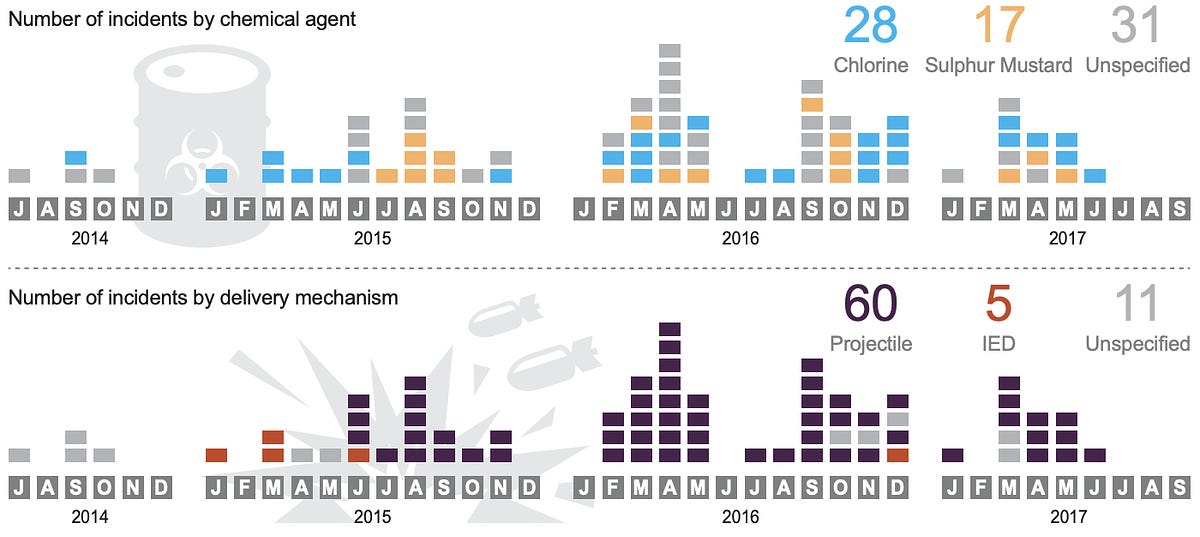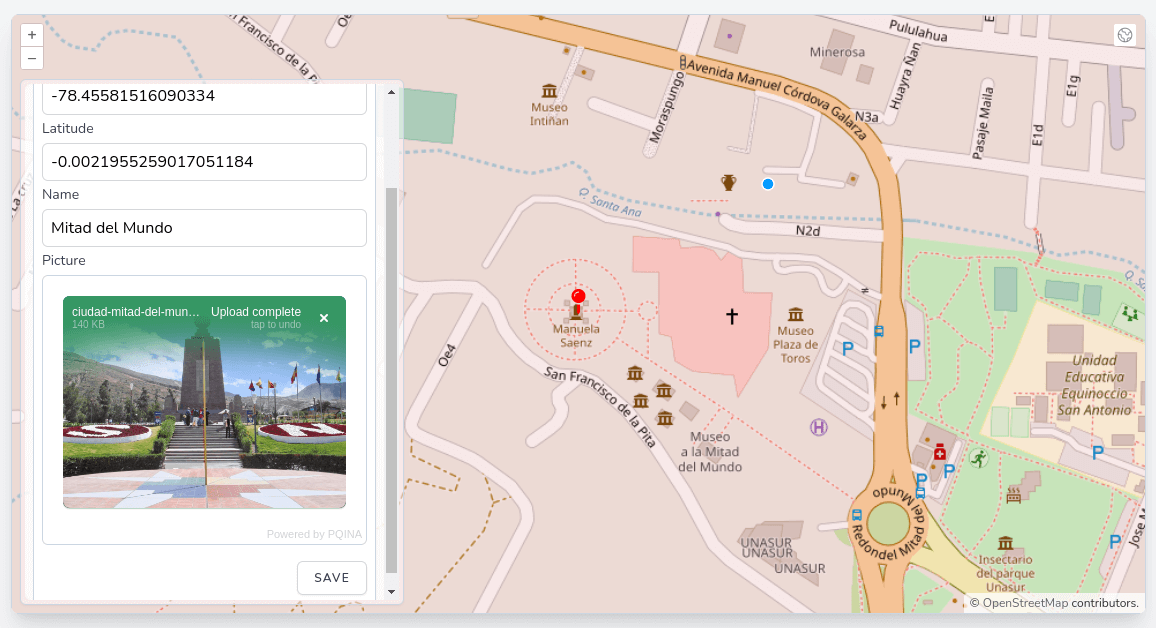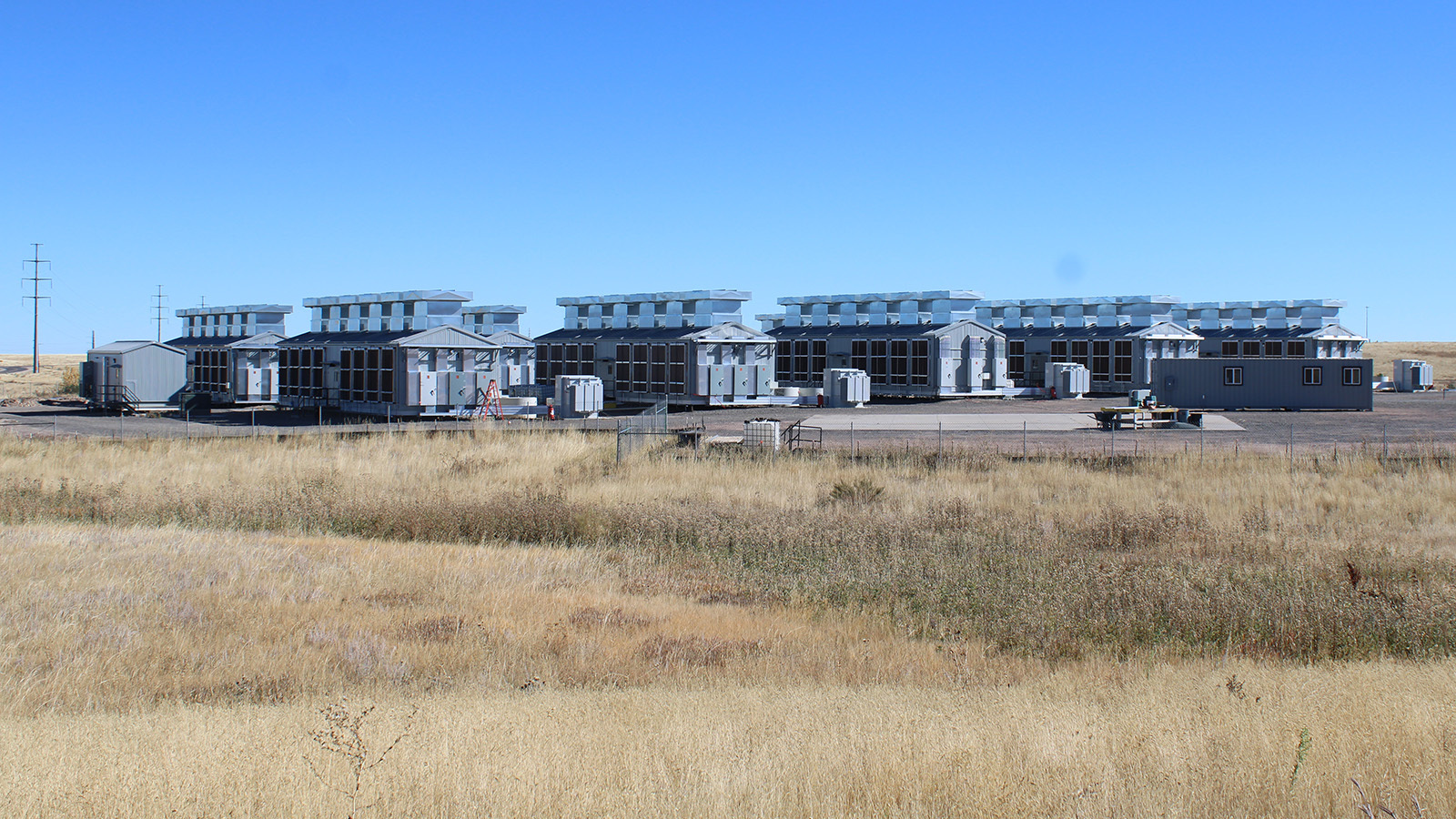
The Fading Battlefields of World War I
This year will mark the passing of a full century since the end of World War I—a hundred years since the “War to End All Wars.” In that time, much of the battle-ravaged landscape along the Western Front has been reclaimed by nature or returned to farmland, and the scars of the war are disappearing. Some zones remain toxic a century later, and others are still littered with unexploded ordnance, closed off to the public. But across France and Belgium, significant battlefields and ruins were preserved as monuments, and farm fields that became battlegrounds ended up as vast cemeteries. In these places, the visible physical damage to the landscape remains as evidence of the phenomenal violence and destruction that took so many lives so long ago.
A drone's-eye view of the preserved World War I battlefield at the Beaumont-Hamel Newfoundland Monument in Beaumont-Hamel, France, on June 10, 2016. The preserved trenches and craters are part of the grounds on which the Newfoundland regiment made their unsuccessful attack on July 1, 1916, the opening day of the Battle of the Somme. #


























